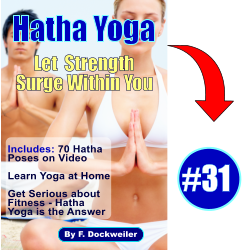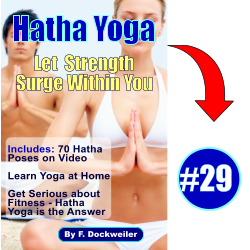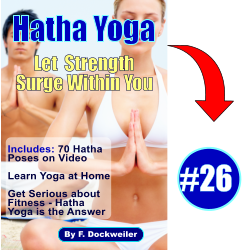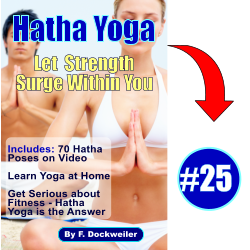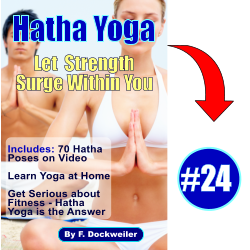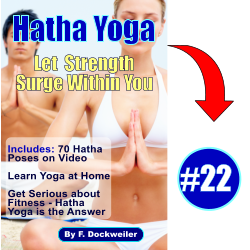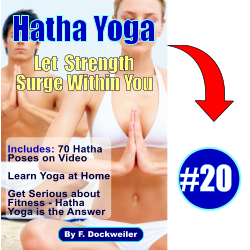Namaste is a greeting that is usually shared among students and the yoga teacher at the beginning and completion of each yoga class. It is a very special greeting which is literally saying – bow (nama) – I (as) – you (te), or in ordinary English “I bow to you.”
The “you” that’s given reverence in this greeting is not what is seen on the surface. If you, for example, happen to be a much appreciated and talented Chef de Cuisine of a popular and high-end restaurant, the yoga instructor is not being reverential to you, in your role as an accomplished Chef.
Your occupation has nothing to do with the reverence being given. Neither is the instructor being reverential to you, based on your gender. Saying Namaste has no bearing on whether you are male or female. It also has no connection to your age, whether you are a teenager, a young adult, or a senior citizen.
In other words, when a fellow yoga student or a yoga master says “Namaste” to you, human-erected and defined social-economic and cultural barriers are bypassed. It is the integral you, the inner you, the real you which is being greeted with pure respect.
Connecting with the Divine
It is amazing how such a simple phrase communicates a profound sense of respect for one another, a connection that emanates from what is acknowledged as the Divine Spark of Life. Again, if this sounds a little too metaphysical for your taste, you need to remember at this point that yoga is an ordinary fitness tool. It is not simply concerned with your physical health and well-being.
As this guide has described in various articles, yoga, particularly Hatha Yoga, is all about achieving a balance between mind, body, and spirit through workouts that incorporate meditation, breathing, and poses.
The underlying principles are simple and clear:
- When your mind does not function well, your body and spirit are affected and as a result, they also will not function well.
- When your body has ailments or injuries, it brings pressure on the mind and can cripple the spirit.
- When your spirit or true inner self is troubled, your mind gets cluttered and your thought processes become awry, and as a result, the welfare of your body could become neglected.
Namaste yoga, which is an offshoot of Hatha Vinyasa yoga, seeks to address the imbalance, initially through the greeting of “I bow to you” which immediately negates the ego of either the student or teacher from sowing discord in the yoga class.
Namaste Yoga – Hands to the Heart
The typical Namaste pose involves putting the palms together, in front of where the heart is approximately located. The eyes are closed and a short bow is done. Another way is to assume again the praying position of the hands, and raise to the center of the forehead, where your “third eye” is supposed to be located, then gently moved to the heart before bowing. In Hindu belief, the third eye is the invisible sense organ that allows you to see or perceive things that are hidden from ordinary or normal vision.
Namaste Yoga for Energy Flow
The Namaste greeting figuratively clears the air before each yoga session. The greetings helps to lay the foundation for the release of positive energy. After the Namaste greeting, various Sun Salutation poses can be done. Check out the videos for more details and demonstrations about these salutation poses.
Closing the Session in Peace with Namaste Yoga
After the yoga class, it is customary to once again go through the Namaste greeting. Only, this time, instead of a welcoming sort of gesture, it is now a kind of grateful blessing conferred on you.
Saying and performing Namaste at the end of a yoga class is believed to heighten the levels of calmness, mental keenness, and physical well-being that were developed through the exercise of yoga posing. Be sure to grab access to the Namaste pose video as well as the other 69 Hatha Yoga videos when you subscribe to the the MyFitnessNut.com Newsletter and start enjoying fitness the Hatha Yoga way. Lastly, we’ll wrap up this guide helping you to get started achieving your Hatha Yoga fitness goals in the final chapter.
